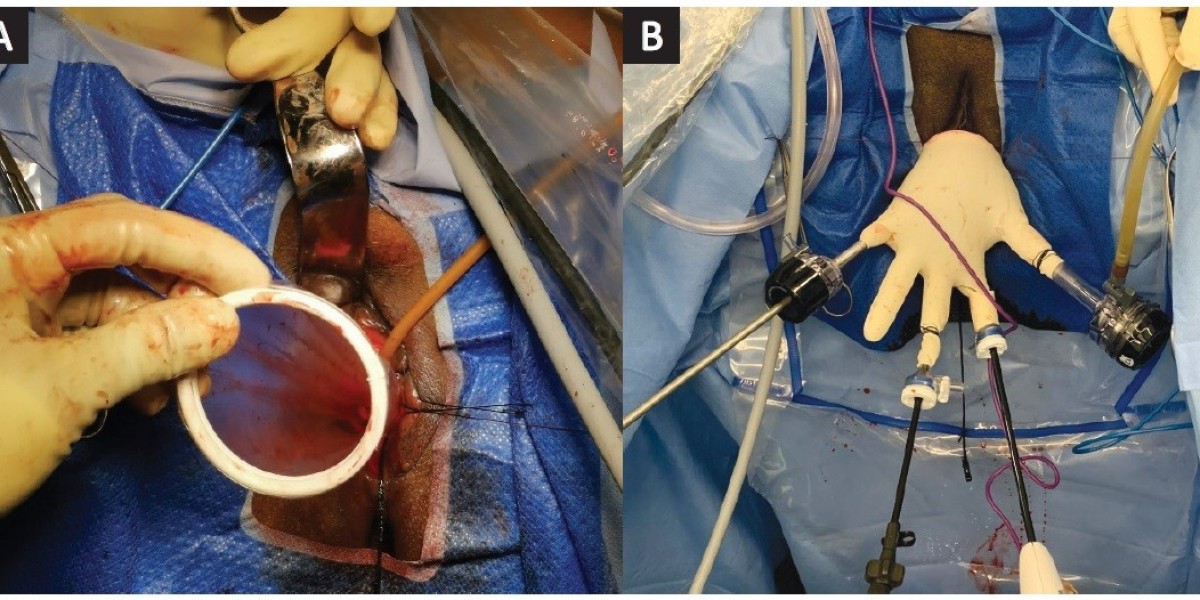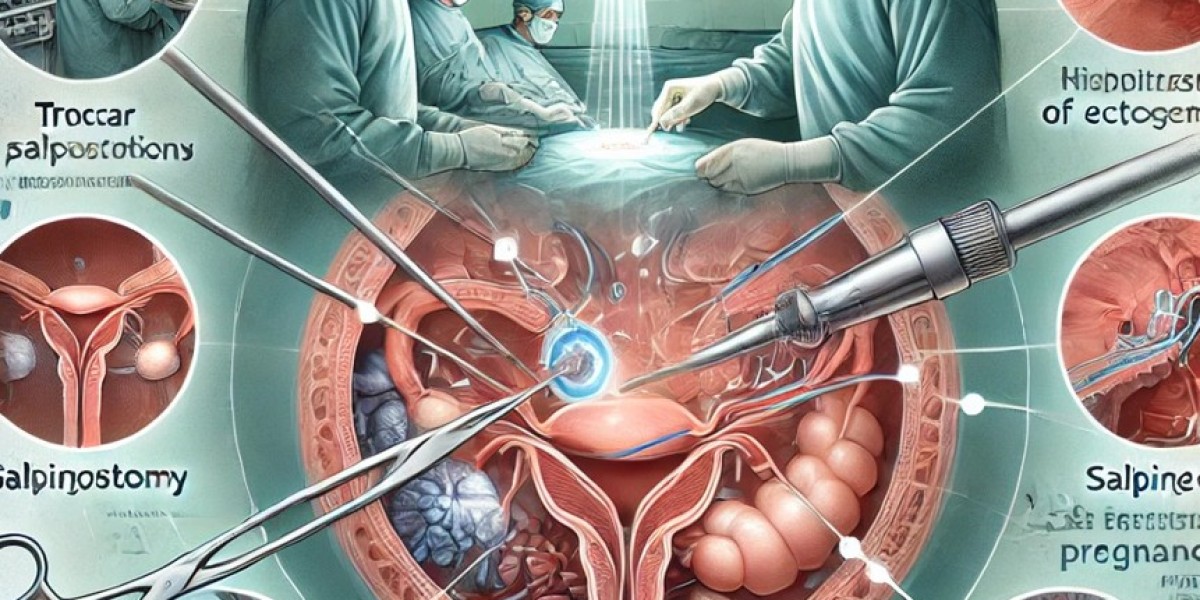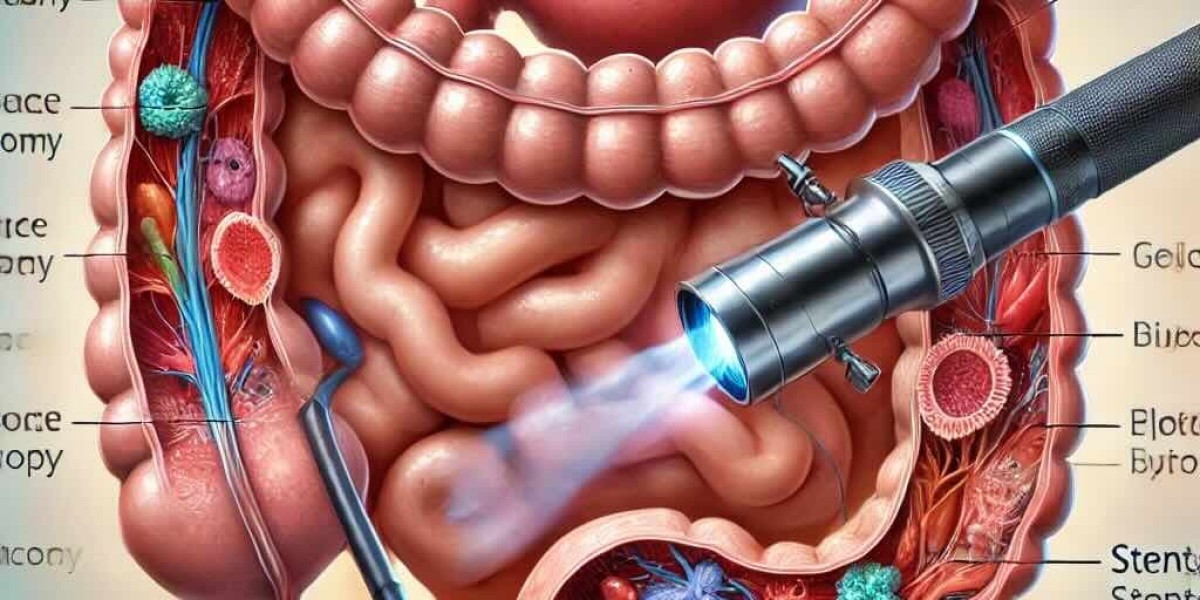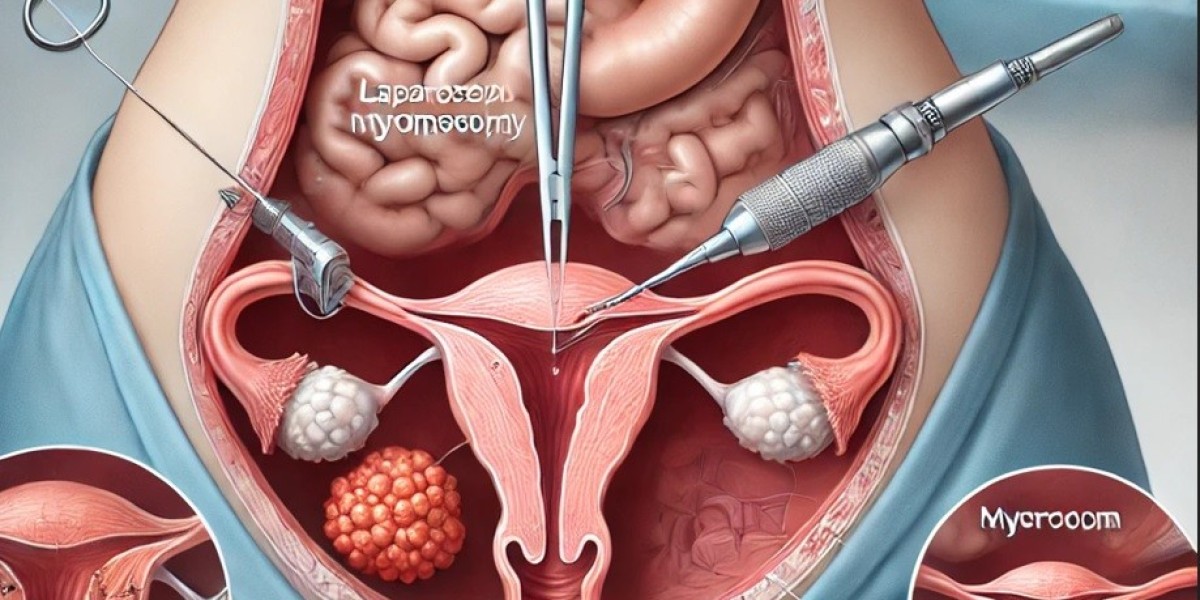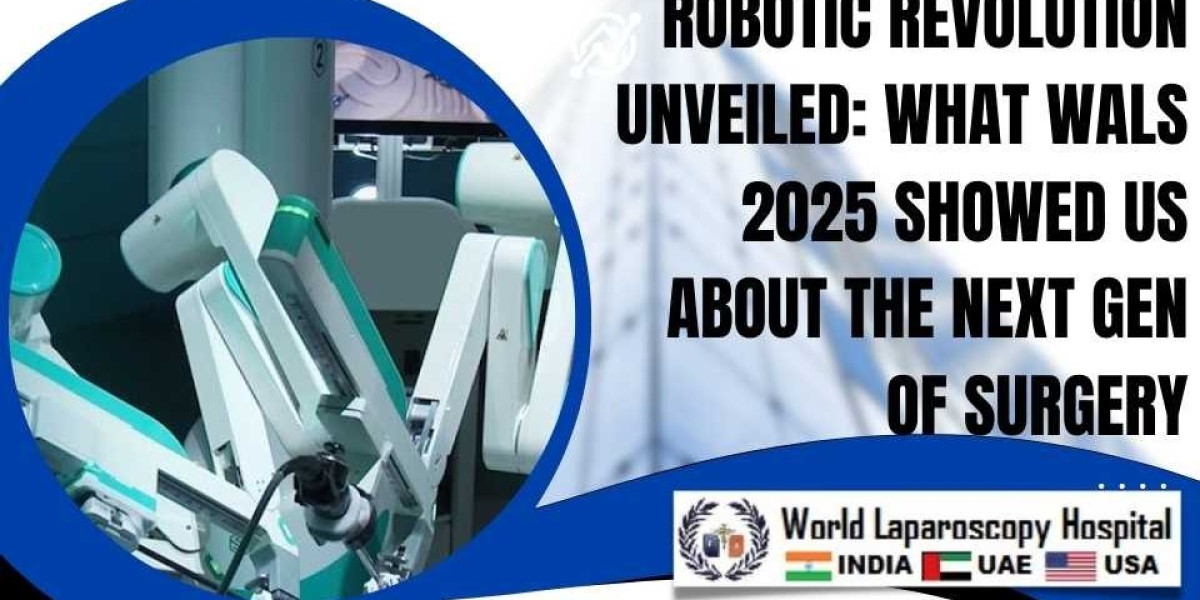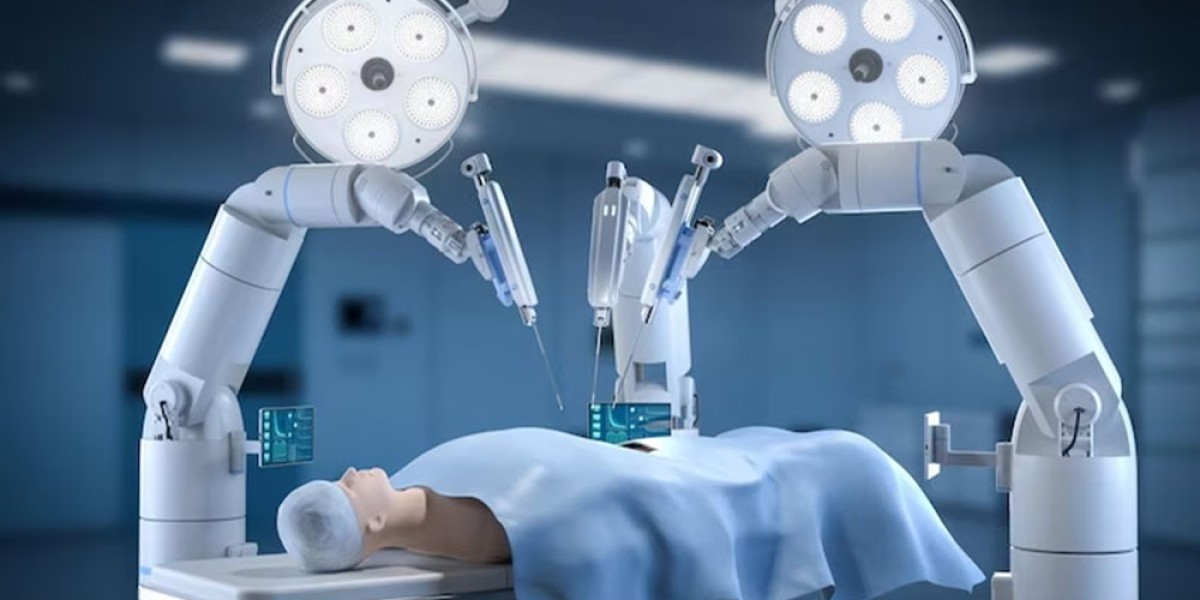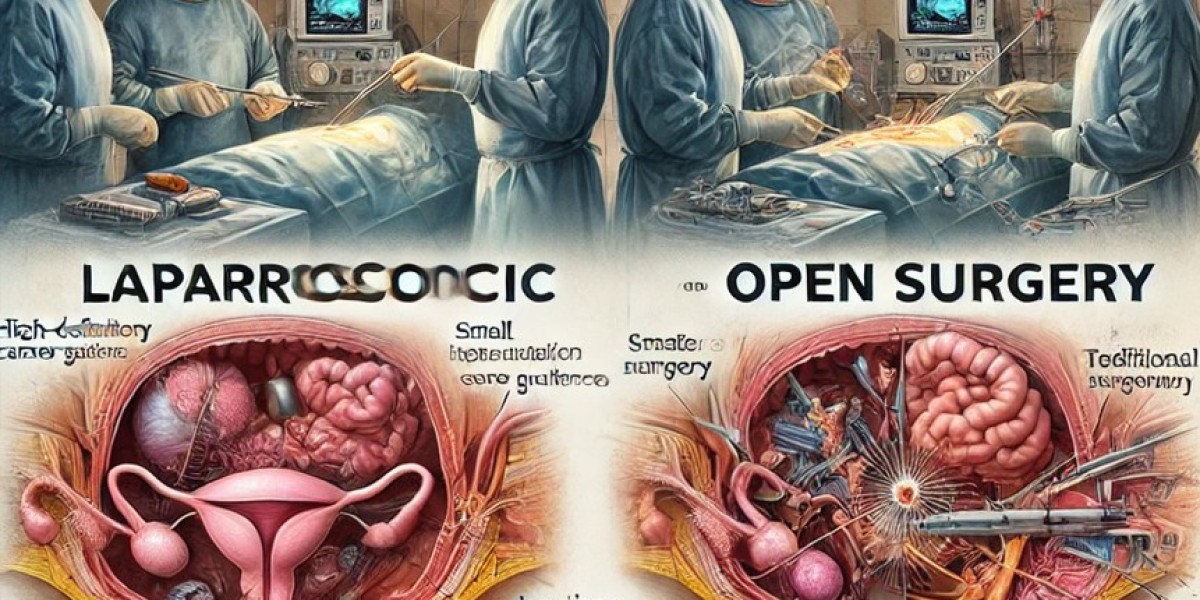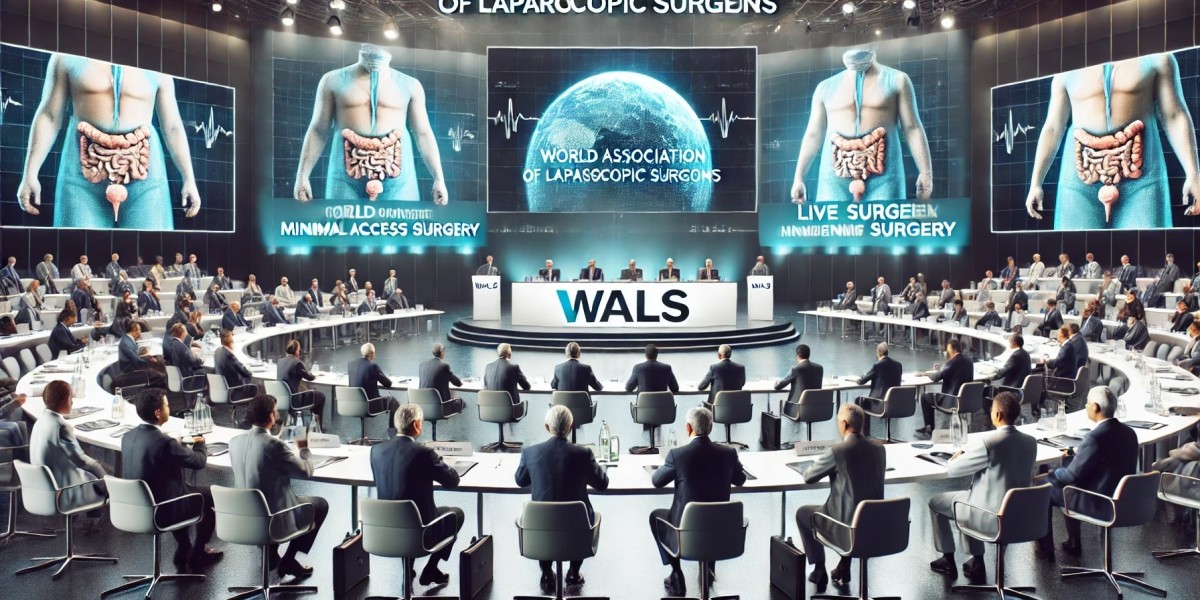Vaginal Natural Orifice Transluminal Endoscopic Surgery (vNOTES) has emerged as a revolutionary approach in the field of minimally invasive surgery, blending the principles of laparoscopy with the unique advantages of transvaginal access. Initially conceptualized in the early 2000s as an offshoot of NOTES (Natural Orifice Transluminal Endoscopic Surgery), vNOTES has gained traction over the past decade, particularly in gynecology, for procedures like hysterectomy, adnexectomy, and myomectomy. By leveraging the vaginal canal as a natural entry point, vNOTES eliminates abdominal incisions, offering a scarless, less invasive alternative to traditional laparoscopy and robotic surgery. This article delves into the advancements driving vNOTES, its clinical benefits, and its trajectory as showcased at forums like the World Association of Laparoscopic Surgeons (WALS) 2025.
What is vNOTES Surgery?
vNOTES involves inserting endoscopic instruments and a camera through a specialized port placed in the vaginal fornix, typically via a colpotomy (vaginal incision). Once the peritoneal cavity is accessed, surgeons perform procedures using laparoscopic tools under direct visualization, guided by a monitor. Unlike abdominal laparoscopy (which uses 5–12 mm ports) or robotic surgery (e.g., da Vinci’s multi-arm system), vNOTES requires no external cuts, relying on the body’s natural orifice. First reported in 2012 for hysterectomy by pioneers like Dr. Jan Baekelandt in Belgium, vNOTES has since evolved with refined techniques and instrumentation.
Key Advancements in vNOTES
- Instrumentation and Technology
- Early vNOTES relied on standard laparoscopic tools, limiting maneuverability. Modern systems—like the GelPOINT V-Path or EndoCone—offer purpose-built vaginal ports with sealing caps, preventing CO2 leakage and enabling multi-instrument access. High-definition endoscopes (e.g., 5 mm, 30-degree) and flexible-tip cameras now provide panoramic views, rivaling robotic 3D imaging. At WALS 2025, live demos showcased these tools, with ICG fluorescence integration (akin to da Vinci’s Firefly) illuminating ovarian vasculature or uterine perfusion.
- Surgical Technique Refinement
- Techniques have matured beyond hysterectomy to include salpingo-oophorectomy, sacrocolpopexy, and even appendectomy. Standardization—e.g., posterior colpotomy with precise closure—reduces complications like vaginal cuff dehiscence (now <1%). Training programs, such as those led by Dr. R. K. Mishra’s WALS initiatives, have accelerated adoption, with over 1,000 surgeons trained globally by 2024.
- Integration with Robotics
- While vNOTES is traditionally manual, robotic-assisted vNOTES (e.g., da Vinci Single Port) is emerging. A single robotic arm through the vaginal port combines the ergonomic benefits of robotics with vNOTES’ scarless approach. WALS 2025 highlighted this hybrid, with surgeons like Dr. Ashok Puranik exploring its potential for tissue engineering applications, such as graft placement.
- Evidence Base Expansion
- Early case series (e.g., Baekelandt’s 2012 study) proved feasibility, but randomized trials (e.g., 2023 Gyn Surg) now compare vNOTES to laparoscopy. Data show equivalent outcomes with shorter operative times (e.g., 45 vs. 60 minutes for hysterectomy) and less postoperative pain. This growing evidence has spurred adoption in Europe, North America, and Asia, including India.
Advantages Driving vNOTES Advancement
- Scarless Surgery
- By avoiding abdominal incisions, vNOTES eliminates visible scars—a cosmetic and psychological win for patients, especially in gynecologic cases like hysterectomy (80% of vNOTES procedures).
- Reduced Pain and Recovery Time
- No abdominal wall trauma means less postoperative pain (e.g., VAS scores 2 vs. 4 for laparoscopy) and quicker recovery—patients often discharge within 24 hours and resume activity in 1–2 weeks, versus 2–4 weeks for laparoscopic or robotic approaches.
- Lower Complication Rates
- Studies report fewer wound infections (<0.5% vs. 1–2% in laparoscopy) and no port-site hernias, as vNOTES bypasses abdominal entry. Blood loss averages 50–100 mL, comparable to robotics but less than open surgery.
- Cost-Effectiveness
- Without robotic systems’ multimillion-dollar costs or multiple laparoscopic ports, vNOTES reduces expenses (e.g., $1,000–$1,500 per case vs. $2,000–$3,000 for robotic). This aligns with healthcare goals in resource-limited settings like rural India.
- Enhanced Access in Specific Populations
- Obese patients (BMI >30) benefit from vNOTES, as transvaginal access avoids thick abdominal walls, reducing conversion rates to open surgery (e.g., 1% vs. 5% in laparoscopy). It’s also viable for those with prior abdominal surgeries, skirting adhesions.
Clinical Applications
- Hysterectomy: The most common vNOTES procedure, with over 10,000 cases globally by 2024, boasting 98% success rates.
- Adnexal Surgery: Salpingectomy and ovarian cystectomy leverage vNOTES’ direct pelvic access, often with ICG to confirm perfusion.
- Urogynecology: Sacrocolpopexy for prolapse uses vNOTES to place mesh, minimizing abdominal morbidity.
- Beyond Gynecology: Appendectomy and cholecystectomy trials (e.g., 2022 Surg Endosc) hint at broader MIS applications.
Advancements Showcased at WALS 2025
At the Eighth World Congress of Laparoscopic Surgeons (February 21–22, 2025, Gurugram, India), vNOTES took center stage. Live surgeries demonstrated its synergy with ICG for adnexal visualization, while Dr. Mishra’s team showcased training simulators accelerating skill acquisition. Discussions on robotic vNOTES and AI-driven navigation (e.g., real-time anatomical overlays) underscored its futuristic potential, aligning with your interest in da Vinci imagery and sound-enhanced labs.
Challenges and Limitations
- Patient Eligibility: Requires an accessible vaginal canal—excluded in nulliparous women, severe prolapse, or malignancy suspicions due to oncologic risks.
- Learning Curve: Surgeons need 15–25 cases for proficiency, steeper than laparoscopy but less than robotics.
- Equipment Access: Specialized ports and NIR systems aren’t universal, particularly in low-resource settings.
- Evidence Gaps: Long-term outcomes (e.g., 5-year prolapse recurrence) lag behind laparoscopy’s decades of data.
Future Directions
vNOTES is poised for broader impact:
- Robotic Evolution: Single-port robotic vNOTES could merge scarless access with tremor-free precision, as previewed at WALS 2025.
- AI and AR: Augmented reality overlays could guide vaginal entry, while AI might predict optimal port placement—futuristic leaps echoing your lab concepts.
- Wider Adoption: Training expansion (e.g., WALS programs in India) and cost reductions could make vNOTES a staple in gynecologic MIS globally.
Conclusion
The advancement of vNOTES surgery marks a paradigm shift in minimally invasive care, offering a scarless, patient-friendly alternative to laparoscopy and robotics. Its refined tools, growing evidence, and integration with technologies like ICG and robotics—celebrated at WALS 2025—highlight its promise. For patients, it’s less pain and faster recovery; for surgeons, it’s a versatile, cost-effective tool. As vNOTES evolves, it embodies the spirit of innovation driving modern surgery—a testament to pioneers like Dr. R. K. Mishra’s vision, blending tradition (vaginal access) with tomorrow’s tech.
